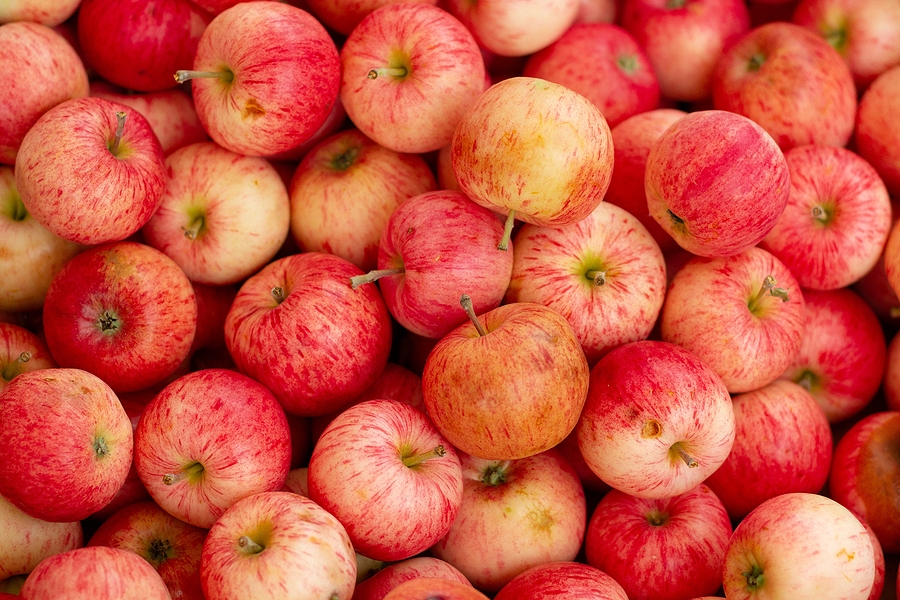From an interview by Zachary Cartwright, PhD, lead food scientist at METER Food, with Zack Farrar and Quinn Keily-Finlay, Outcast Foods
According to its website, Outcast Foods makes “beautiful food out of ugly produce.” These efforts to give new life to discarded food appeal to Outcast Foods’ employees, who often develop emotional ties to their work.
“We have a very strong mission and vision,” says Zack Farrar, director of product development and regulatory affairs at Outcast Foods. “On our wall, it says ‘Save the produce, save the planet.’ That’s our true north. It helps guide all our decisions. I think it’s a very compelling reason to come to work every day…It’s not just a company trying to make money or please investors. We’re trying to do those things as well, but we have a very strong purpose in what we do.”
When Dr. Darren Burke, co-founder of Outcast Foods, became aware of the amount of produce that was going to waste, he saw the potential for both a successful business and a way to help the planet.
“He did some exploration and started learning about food waste and realizing what a large opportunity there was,” Farrar says. “Seeing what a pity it was that all this good nutrition was being lost…We had a successful round of funding, and we started growing leaps and bounds.”
Upcycling foods
Nutritionally, there is no difference between a picture-perfect piece of fruit and its less appealing neighbor. Outcast Foods conserves that nutrition by preserving the food and “upcycling” it into other products.
“[Upcycling] means taking something that was going to end up either in a landfill, as compost, or as animal feed, and bringing it back to a higher purpose,” Farrer says. “It’s bringing that back into the food chain—in fact, we try to elevate it and really target the nutrition that is in there and give it to people who need it.”
Depending on the food, upcycling might mean dehydrating the produce before putting it in a protein powder or preparing it for use in a dietary supplement.
“It’s about putting it in a stable form,” Farrar says. “We want to stabilize it and really give it a second life.”
Preserving foods by measuring water activity
When Outcast Foods acquires perishable produce, stabilizing it is their first priority.
“Some distributors and retail chains have produce sitting in their warehouses that is not yet expired, but that doesn’t have enough time to get to stores and into consumers’ fridges,” Farrer says. “So, they’re looking for a home for it. We must bring it in and process it pretty quickly. Once we get it in, dehydrate it, stabilize it, and get the water activity low, we have a pretty long shelf life on it.”
Accurately and quickly measuring water activity is essential to this process.
“It’s really hard to build a correlation between time and temperature in a drying or a curing room to moisture balance or loss on drying,” Farrar says. “But with water activity, the correlation is pretty much direct. We have had to do a lot of education with people who say, ‘You gave me the water activity number, but what was the LOD?’ I’m like, ‘I actually don’t even really care about that,’” Farrer says.
Some people in the industry don’t yet appreciate the value of water activity measurements, but at Outcast Foods, employees demonstrate its usefulness every day.
“I didn’t work with anything regarding water activity until I got here,” says Quinn Keily-Finlay, an associate research scientist at Outcast Foods. “I measure our products’ water activity as they come out of production and use that as a benchmark for quality and stability.”
Ensuring product quality is essential to keeping Outcast Foods running smoothly. But almost as important is efficiency—how quickly can Keily-Finlay and her colleagues take measurements and make adjustments?
“With our water activity meter, I can get readings in under five minutes,” Keily-Finlay says. “We are so busy here because we are currently undergoing a lot of developments. So, it is great in terms of speed and being able to flexibly take readings when we need to and then quickly have those results so we can then reassess how we are doing what we’re doing.”
Saving costs and reducing loss
Outcast Foods’ mission resonates with farmers, who know how much appearances can influence a food’s marketability.
“We’ve talked to a lot of farmers who say it kind of bugs them that something with a little bit of sunburn, or that is a little misshapen, or has one side that’s a little flat, is suddenly graded out,” Farrer says. “They’re happy to find a second home for it. So, we’ve had a lot of good people who reach out directly. Overall, our mission has been very well received.”
Outcast Foods’ mission is likely to continue resonating with employees, distributors and consumers as the company grows. In the future, perhaps no produce will go to waste—no matter what it looks like.
